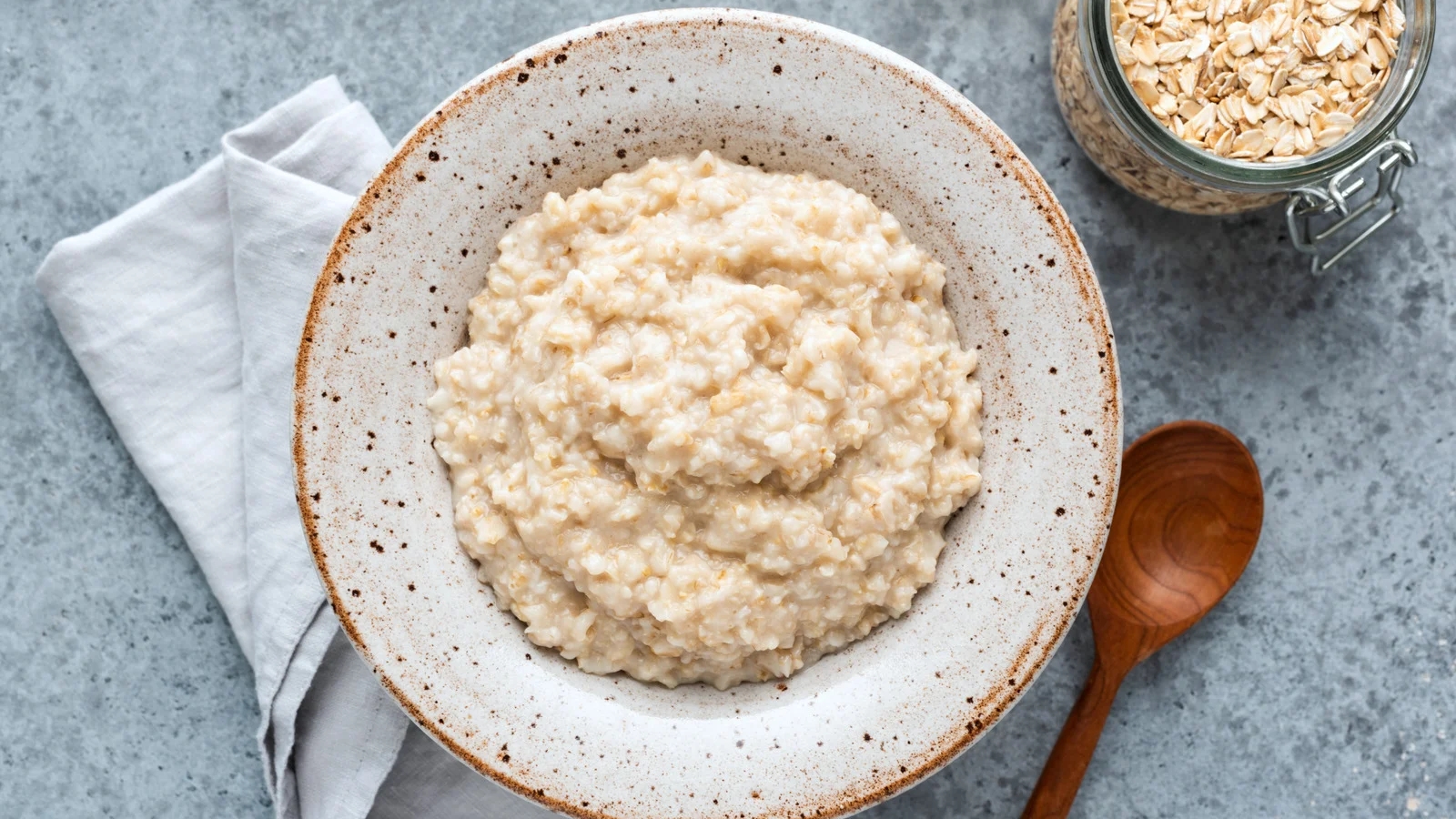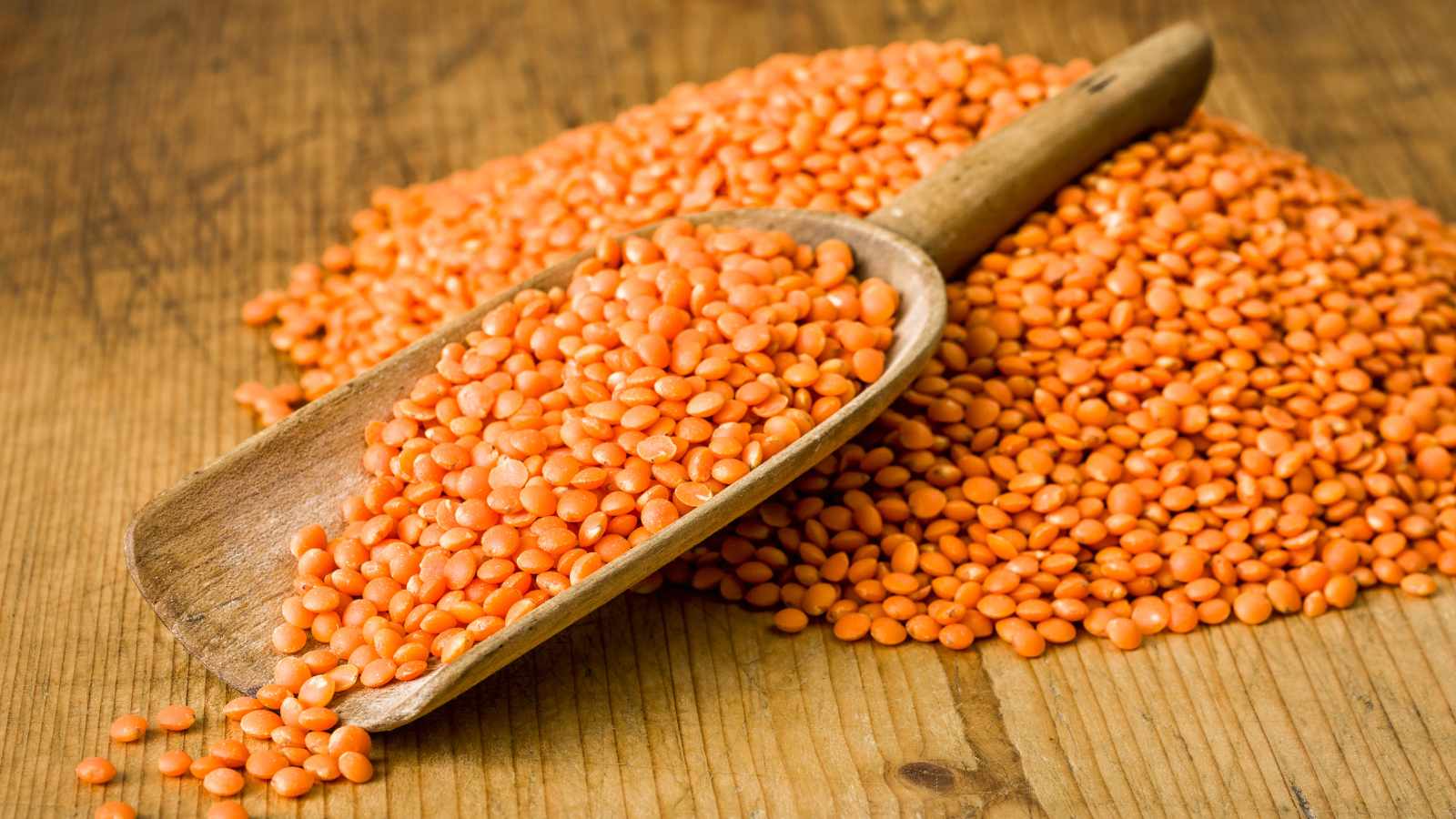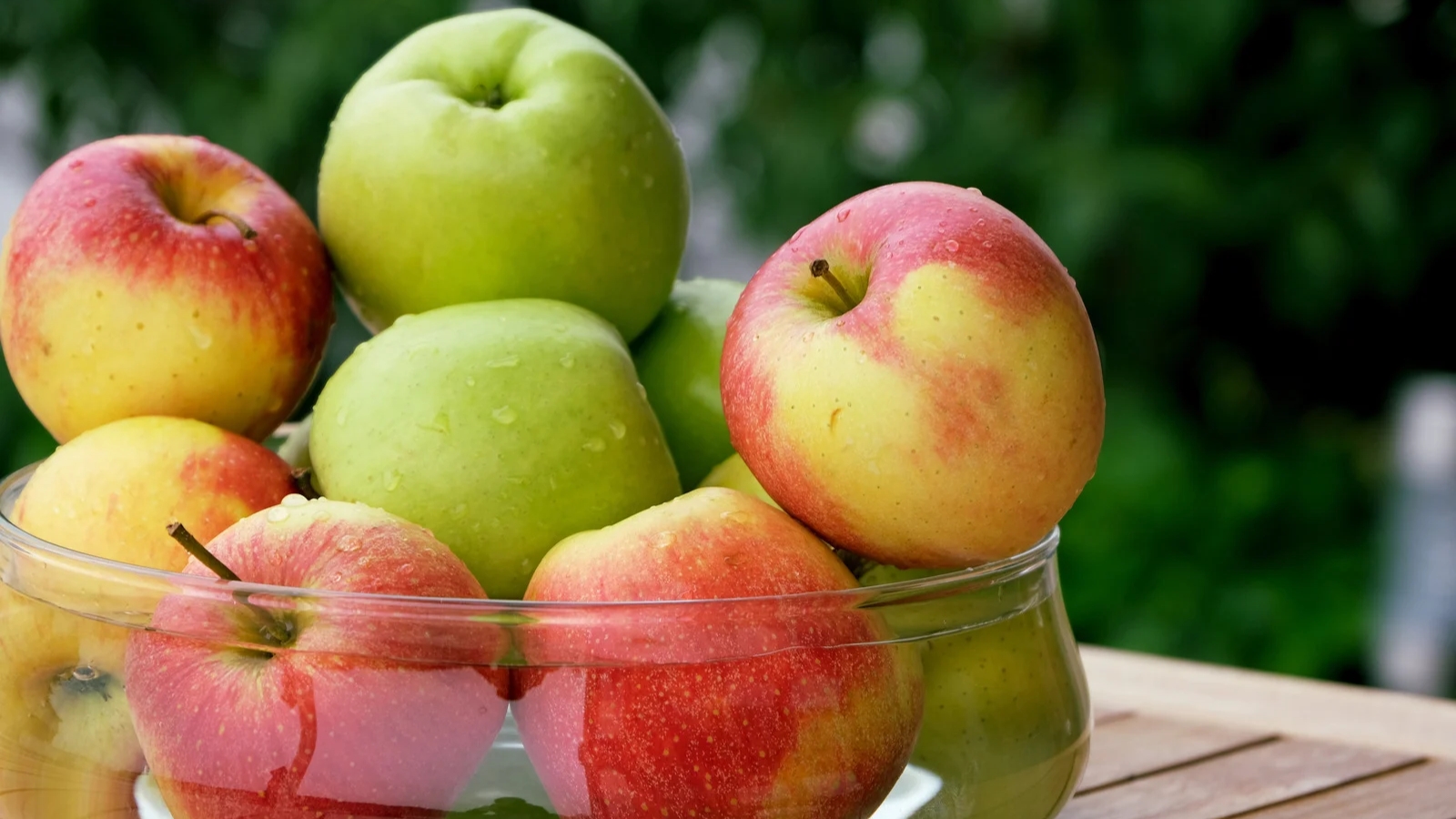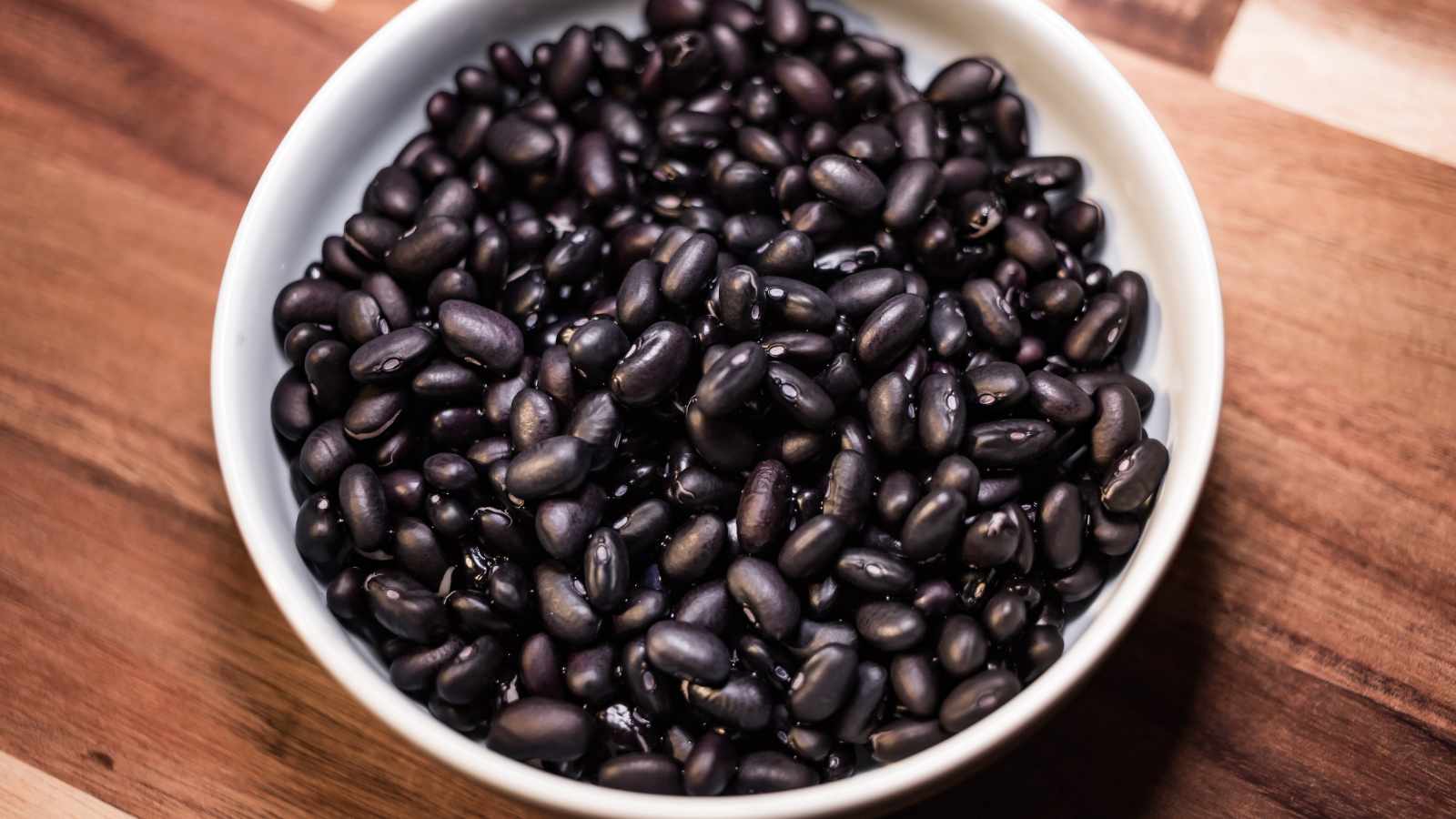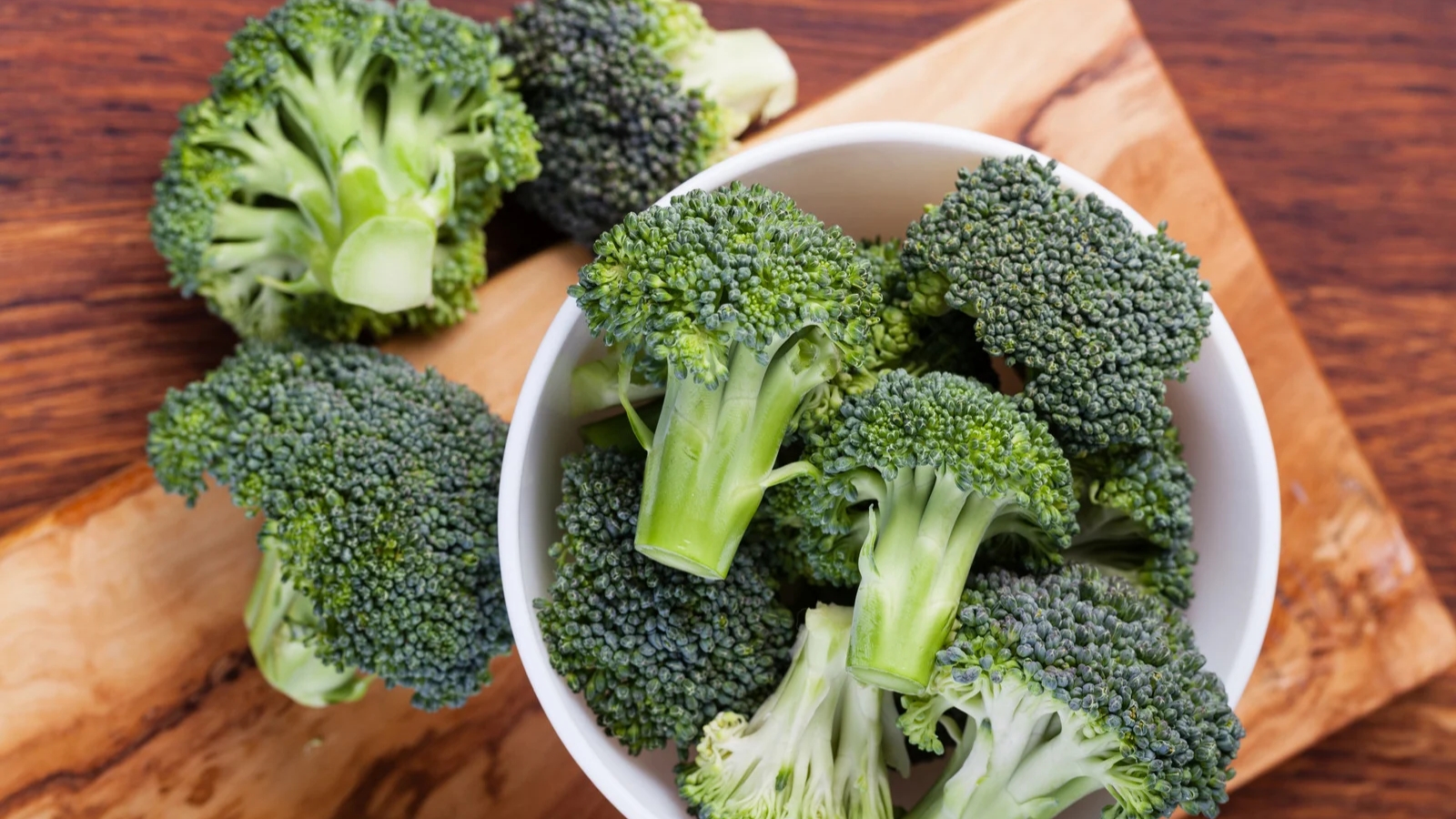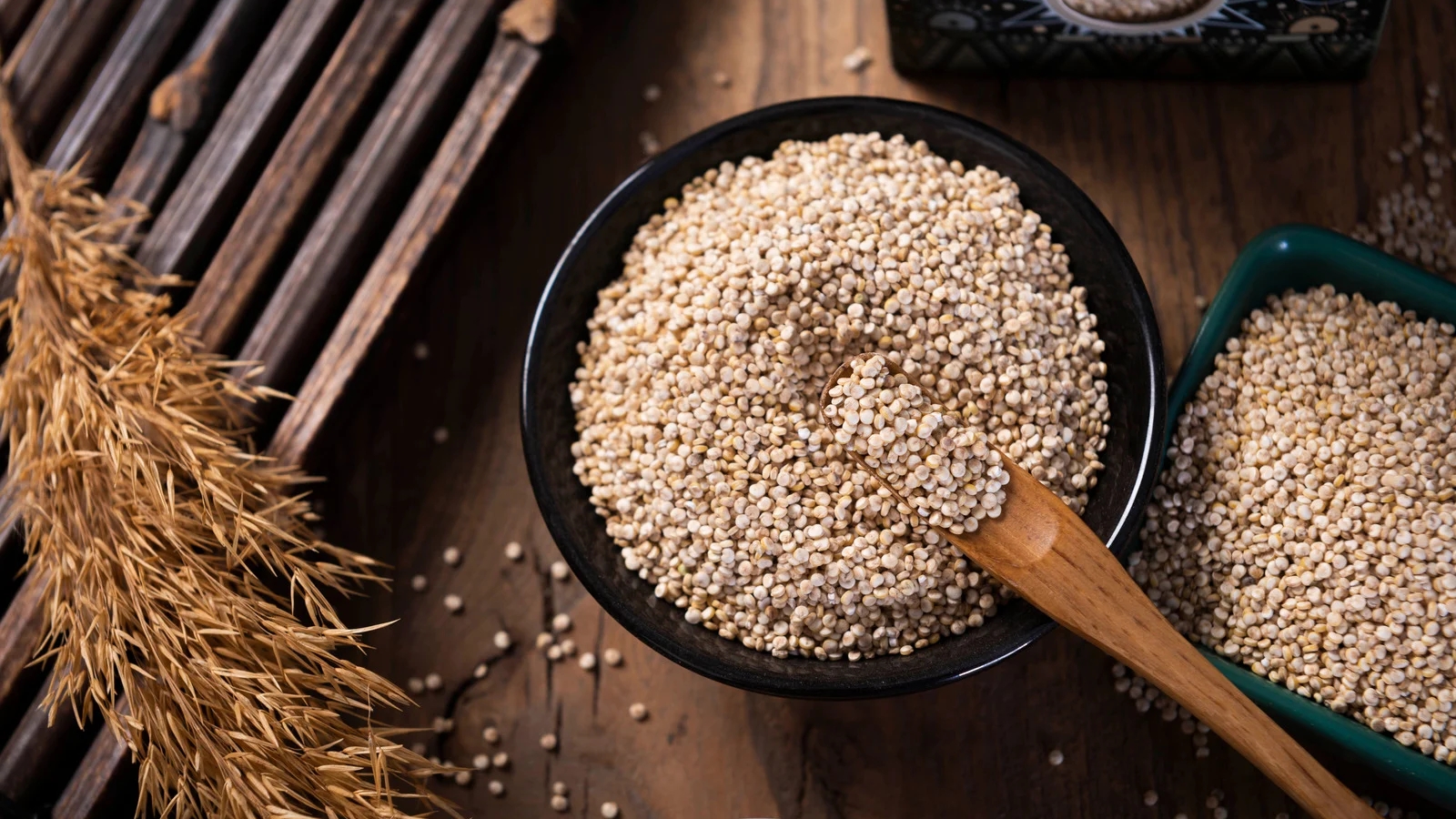Fiber plays a significant role in maintaining digestive health, regulating appetite, and promoting a steady flow of energy. It helps food move efficiently through your digestive tract, supports healthy gut bacteria, and keeps you feeling satisfied after meals. Eating enough fiber also helps prevent constipation, manage blood sugar, and reduce cholesterol levels.
Many people fall short of the recommended 25–30 grams of fiber per day, but the good news is that fiber-rich foods are easy to find and simple to add to your meals. Choosing whole, plant-based options ensures that you get both soluble and insoluble fiber, each providing different digestive benefits. Soluble fiber absorbs water and softens stool, while insoluble fiber adds bulk and helps food pass through the intestines smoothly.
Here are ten high-fiber foods you can eat regularly to stay full and support a healthy digestive system.
1. Oats
Oats are a top source of soluble fiber, especially beta-glucan, which forms a gel-like texture in your gut that slows digestion and supports steady energy release. This helps you feel full longer and keeps blood sugar levels stable.
A single cup of cooked oats provides about 4 grams of fiber, along with essential minerals like magnesium and iron. Starting your day with oatmeal or overnight oats is an easy way to improve digestion and promote regularity.
Ways to add oats to your meals:
- Make classic oatmeal topped with fruit and nuts.
- Mix oats into smoothies for extra fiber.
- Use oats in homemade bars or muffins.
2. Lentils
Lentils are packed with both soluble and insoluble fiber, making them one of the best foods for digestion. One cup of cooked lentils provides about 15 grams of fiber—more than half of your daily requirement.
The soluble fiber feeds good bacteria in your gut, while the insoluble fiber helps keep your digestive system moving. Lentils also contain plant protein and minerals like iron and folate, which support energy and metabolism.
Simple ways to enjoy lentils:
- Add them to soups and stews.
- Use them as a salad base.
- Mix them into wraps or grain bowls.
3. Apples
Apples are an easy, portable, and affordable way to get more fiber. A medium-sized apple offers about 4 grams, primarily found in the skin. The soluble fiber, pectin, supports gut bacteria and improves bowel function.
Eating apples helps you stay full between meals and promotes smoother digestion. Their natural sweetness also makes them a wise choice when you crave something sweet.
Ways to enjoy apples:
- Eat them raw with the skin.
- Slice and pair with nut butter.
- Add oatmeal or yogurt.
4. Chia Seeds
Chia seeds are tiny nutritional powerhouses loaded with fiber. Just two tablespoons contain around 10 grams of fiber, including both soluble and insoluble types. When soaked in liquid, chia seeds form a gel-like consistency that slows digestion and supports gut health.
This helps you stay full longer while improving bowel regularity. Chia seeds also provide omega-3 fatty acids that reduce inflammation in the digestive system.
How to add chia seeds to your meals:
- Stir into yogurt or smoothies.
- Make chia pudding with plant-based milk.
- Sprinkle on oatmeal or salads.
5. Black Beans
Black beans are rich in fiber and protein, offering about 15 grams of fiber per cooked cup. They support digestion by feeding healthy gut bacteria and keeping your intestines active.
The fiber in black beans helps prevent constipation and balances blood sugar levels. They’re also an excellent option for plant-based diets, as they add bulk and flavor to meals.
Ways to use black beans:
- Add to salads or tacos.
- Mix into soups or chili.
- Use as a filling for wraps or burritos.
6. Broccoli
Broccoli is a nutrient-dense vegetable loaded with fiber, vitamins, and antioxidants. One cup of cooked broccoli contains about 5 grams of fiber and supports healthy digestion by promoting regular bowel movements.
It also contains compounds that help protect the gut lining and reduce inflammation. Eating broccoli regularly helps maintain a balanced gut microbiome, which supports overall digestive function.
Simple ways to eat broccoli:
- Roast or steam as a side dish.
- Add to pasta or stir-fries.
- Blend into soups for extra fiber.
7. Avocados
Avocados are best known for their healthy fats, but they’re also an excellent source of fiber. One medium avocado provides around 10 grams, combining both soluble and insoluble fiber to support digestion.
This fiber helps maintain a healthy gut, keeps you full for longer, and supports smooth digestion. The monounsaturated fats in avocados also improve nutrient absorption and reduce inflammation.
Ways to enjoy avocados:
- Spread on whole-grain toast.
- Add to salads or sandwiches.
- Blend into smoothies for creaminess.
8. Sweet Potatoes
Sweet potatoes provide a balance of fiber, vitamins, and antioxidants that benefit digestion. A medium sweet potato contains about 4 grams of fiber, with much of it found in the skin.
The fiber supports healthy gut bacteria and keeps your digestive tract regular. Their slow-digesting carbohydrates help maintain steady energy without blood sugar spikes.
Ways to enjoy sweet potatoes:
- Roast or bake as a side dish.
- Add to grain bowls or salads.
- Mash them for a fiber-packed base.
9. Pears
Pears are another fruit high in both soluble and insoluble fiber. A medium pear contains about 6 grams, which helps regulate bowel movements and feed beneficial gut bacteria.
Their high water content also helps fiber move smoothly through the intestines, preventing constipation. Pears are naturally sweet, making them a great snack or addition to meals.
Ways to eat pears:
- Enjoy them raw with the skin.
- Add slices to oatmeal or yogurt.
- Included in salads for extra flavor.
10. Quinoa
Quinoa is a gluten-free grain packed with fiber and complete protein. One cup of cooked quinoa provides about 5 grams of fiber, helping maintain digestive regularity and fullness.
The combination of fiber and protein in quinoa supports steady energy and gut health. It’s a versatile food that works well in both savory and sweet dishes.
Ways to include quinoa:
- Use as a base for bowls or salads.
- Mix with roasted vegetables.
- Serve as a side instead of rice.
Why Fiber Is Important For Digestion And Fullness
Fiber does more than support bowel health; it directly affects how you feel after meals. Soluble fiber absorbs water and forms a gel that slows digestion, keeping you full longer and helping regulate blood sugar. Insoluble fiber adds bulk to stool, promoting regularity and preventing constipation.
Together, these fibers support a balanced digestive system by feeding beneficial bacteria and removing waste efficiently. A diet rich in fiber also helps reduce inflammation and supports long-term metabolic health.
Key digestive benefits of fiber include:
- Regular bowel movements.
- Reduced bloating and gas.
- Improved nutrient absorption.
- Long-lasting satiety and stable energy.
Simple Ways To Add More Fiber To Your Diet
You can easily reach your daily fiber goals with small, consistent changes. Try these practical ideas:
- Eat fruits and vegetables with their skins.
- Swap refined grains for whole grains like quinoa or brown rice.
- Include beans or lentils in at least one meal per day.
- Add chia or flax seeds to breakfast foods.
- Snack on nuts, apples, or pears instead of processed snacks.
Remember to increase fiber gradually and drink enough water throughout the day to support smooth digestion.
Conclusion
High-fiber foods are essential for digestive health and lasting fullness. Simple choices like oats, lentils, apples, and broccoli provide the nutrients your body needs to stay balanced and energized. Eating fiber daily helps regulate your digestion, stabilize energy, and support a healthy gut.
By including more fiber-rich foods in your meals, you’ll feel satisfied longer, improve your digestion, and naturally support long-term wellness. Small, consistent changes can make a lasting difference in how you feel every day.

